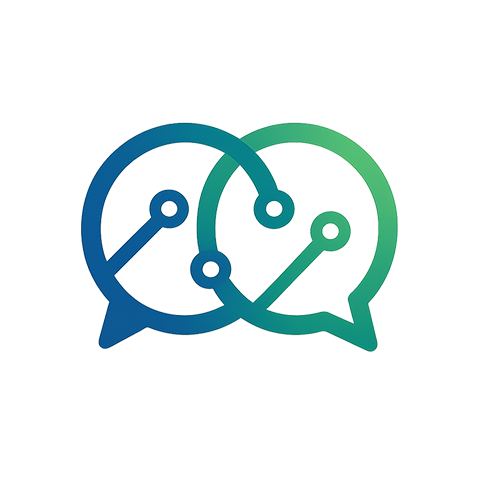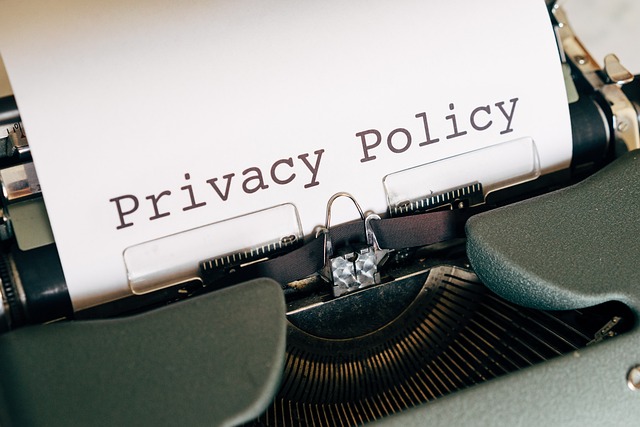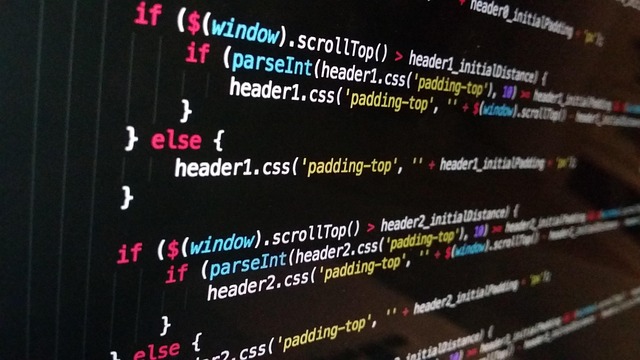Understanding the Threat of Data Leaks
In our increasingly digital world, data leaks have become a pervasive threat, leaving individuals and organizations vulnerable to serious consequences. The emotional weight of a data breach can be overwhelming, as it often means loss of privacy, identity theft, and financial damage. To safeguard your information and put your mind at ease, it’s crucial to take proactive steps towards data protection.
1. Assess Your Risks
The first step in protecting against data leaks is to understand your vulnerabilities. Conduct a thorough assessment of all your personal and professional data, identifying where sensitive information is stored, how it’s accessed, and who can access it.
2. Educate Yourself and Your Team
Knowledge is power. Ensure that you and your team are aware of the common tactics used by cybercriminals. Investing in training sessions and workshops about phishing attacks, social engineering, and safe browsing habits can significantly reduce the risk of a data leak.
3. Use Strong, Unique Passwords
Password management is crucial in data protection. Utilize complex passwords that mix letters, numbers, and special characters. Better yet, employ a password manager to generate and store unique passwords for each account, minimizing the risk of a data leak due to weak credentials.
4. Enable Two-Factor Authentication
Two-factor authentication (2FA) provides an extra layer of security by requiring a second piece of information to access your accounts. This added measure can deter unauthorized access, making it significantly harder for malicious entities to breach your systems.
5. Regularly Update Software and Systems
Outdated software and systems can be a goldmine for hackers. Frequently updating your operating systems, applications, and antivirus software ensures that you have the latest security patches, which can help to defend against potential data leaks.
6. Secure Your Network
Make sure your home or business network is secure. Change default router settings, utilize strong passwords for Wi-Fi access, and consider using a Virtual Private Network (VPN) to encrypt your internet connection, especially when using public Wi-Fi networks.
7. Limit Data Access
Only share sensitive data with individuals and organizations that absolutely need it. By limiting access, you reduce the likelihood of a data leak occurring. Implement role-based access controls to ensure that only authorized personnel have access to critical information.
8. Backup Your Data
Regularly backing up your data can be a lifesaver in the event of a data leak or ransomware attack. Store backups securely in an offline location and consider using cloud services with strong encryption standards to keep your most important files safe.
9. Monitor Your Accounts
Keep an eye on your financial accounts and online profiles for any suspicious activity. Setting up alerts can help you stay informed and react swiftly to potential data leaks before they escalate into larger issues.
10. Have an Incident Response Plan
No system is completely foolproof, and data leaks can still occur despite your best efforts. Having a well-defined incident response plan can help you respond effectively to data breaches, minimizing damage and allowing for a quicker recovery.
By following these essential steps, you can create a robust shield against data leaks and preserve your personal and organizational information. The emotional burden of a data breach can be heavy, but with vigilant protection measures in place, you can sleep a little easier knowing your data is secure.



